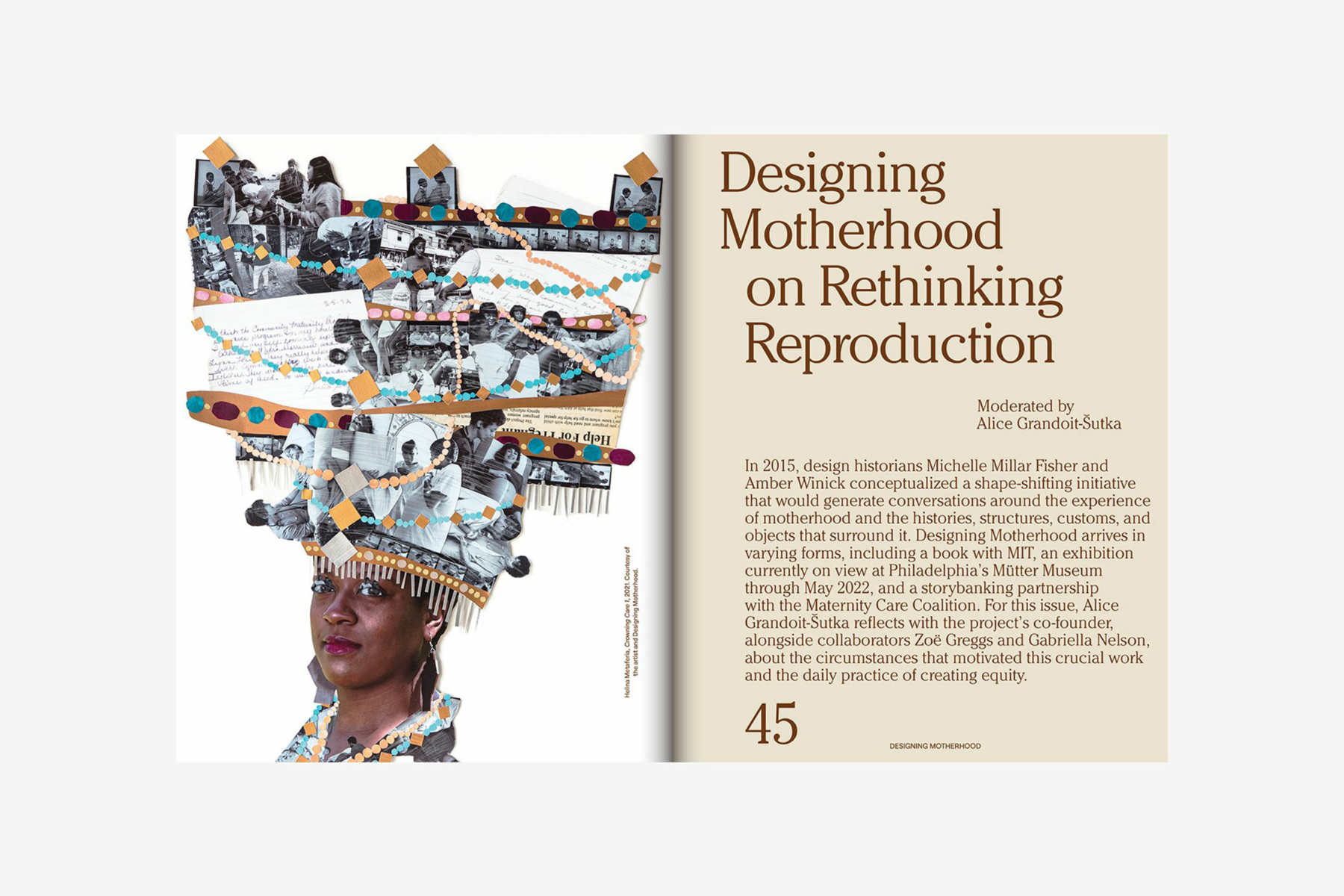Learning to reframe design as a socially engaged practice–how can we achieve this in a world that often favors output over process? Nu Goteh has a formula for changing gears.
A designer, educator, and multi-disciplinary creative, Nu plays between audio, visual, and written mediums, and juggles interconnected projects to engineer collective experiences that draw social change to the forefront. His resume is extensive and varied—and his objective of creating better conditions for society is buoyed by his experience of leaving Liberia and finding his way in the US.
As the co-founder and creative director of the strategy and design studio Room for Magic, and its partner publication Deem, Nu’s artistic expertise and approach to spearheading creative ventures make his insight into the industry invaluable. This is especially true if we consider that research and process sit at the heart of his every project, from conceptualizing the latest issue of Deem Journal to adorning his own home.
Together with our friends at Closed, we visited his Spanish-style 1920s home in South LA and spoke to him about the importance of community, design as a social practice, and his tips for hunting vintage furniture.
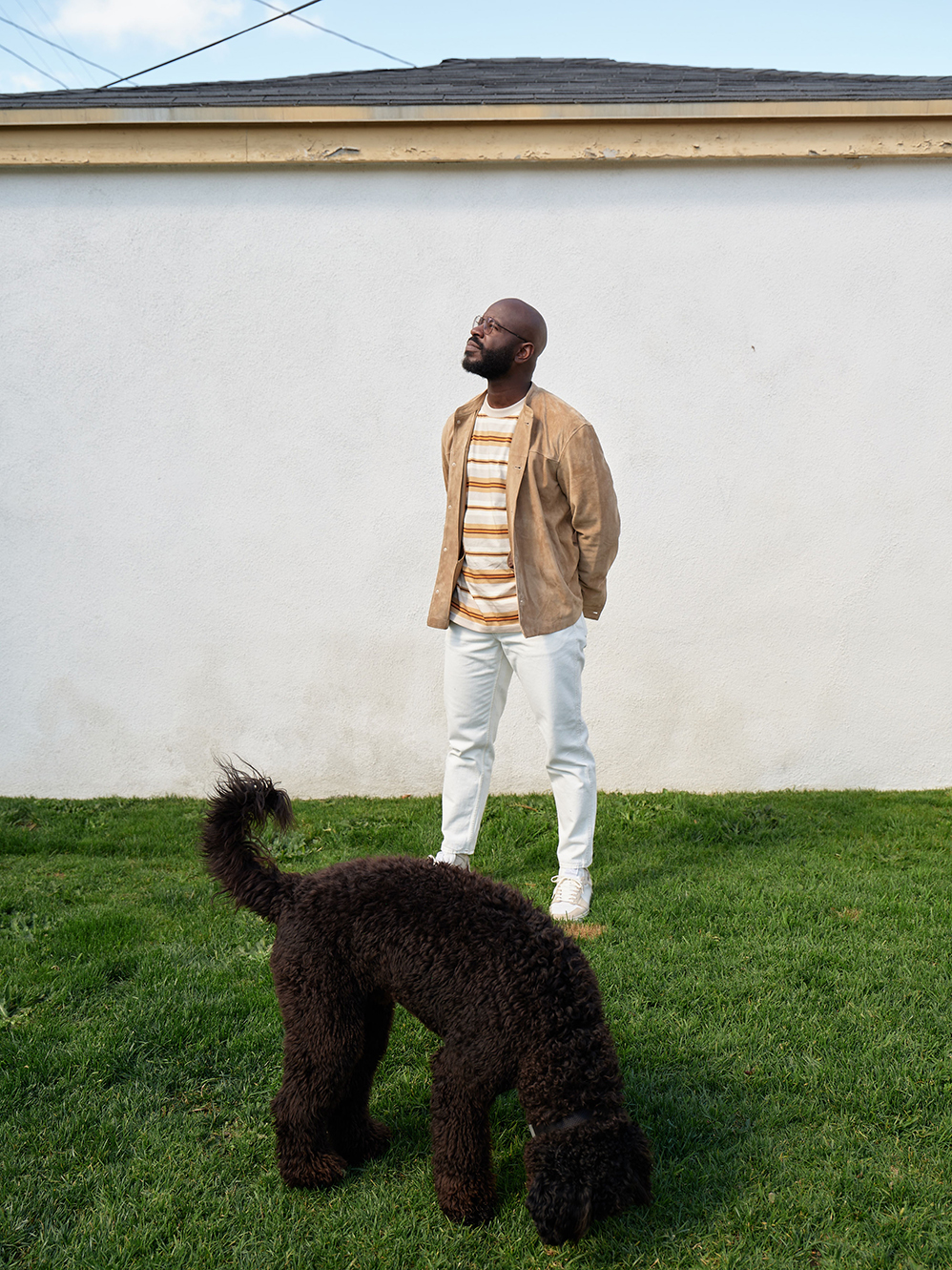

-
You were born in Liberia. Could you tell us a little bit about your experience leaving the country and arriving in the US?
I left Liberia with my parents at the age of three. I don’t have the most vivid memories of Liberia but have a connection through my family that still lives there. I grew up outside of Boston in a small city called Lowell, MA. Moved to LA for a job, moved to NYC for graduate school, moved to San Francisco for another job, and then moved back to LA to start my own practice.

-
How would you describe the experience of finding your way in the US?
I came here so young that I didn’t even realize my status in the US until I was around 16. The age when most people were getting jobs, I wanted to get a job but did not have a work permit. So I had to figure out ways around that to get my first job. Thankfully my parents had been working hard on getting us all residence status so I did not have to feel the full burden of being a refugee, but in hindsight, I could see how our status shaped how my family operated and experienced the “American Dream”.
-
What has helped you the most in the beginning?
Family and community. At first we lived with my mother’s family in Rhode Island, which was vital to us getting on our feet. Then we moved to Lowell, MA, in which my parents were able to join a network of Liberians and other West Africans that were trying to establish themselves in the US. That network of immigrants helped my family to find housing, employment, and seek higher education.
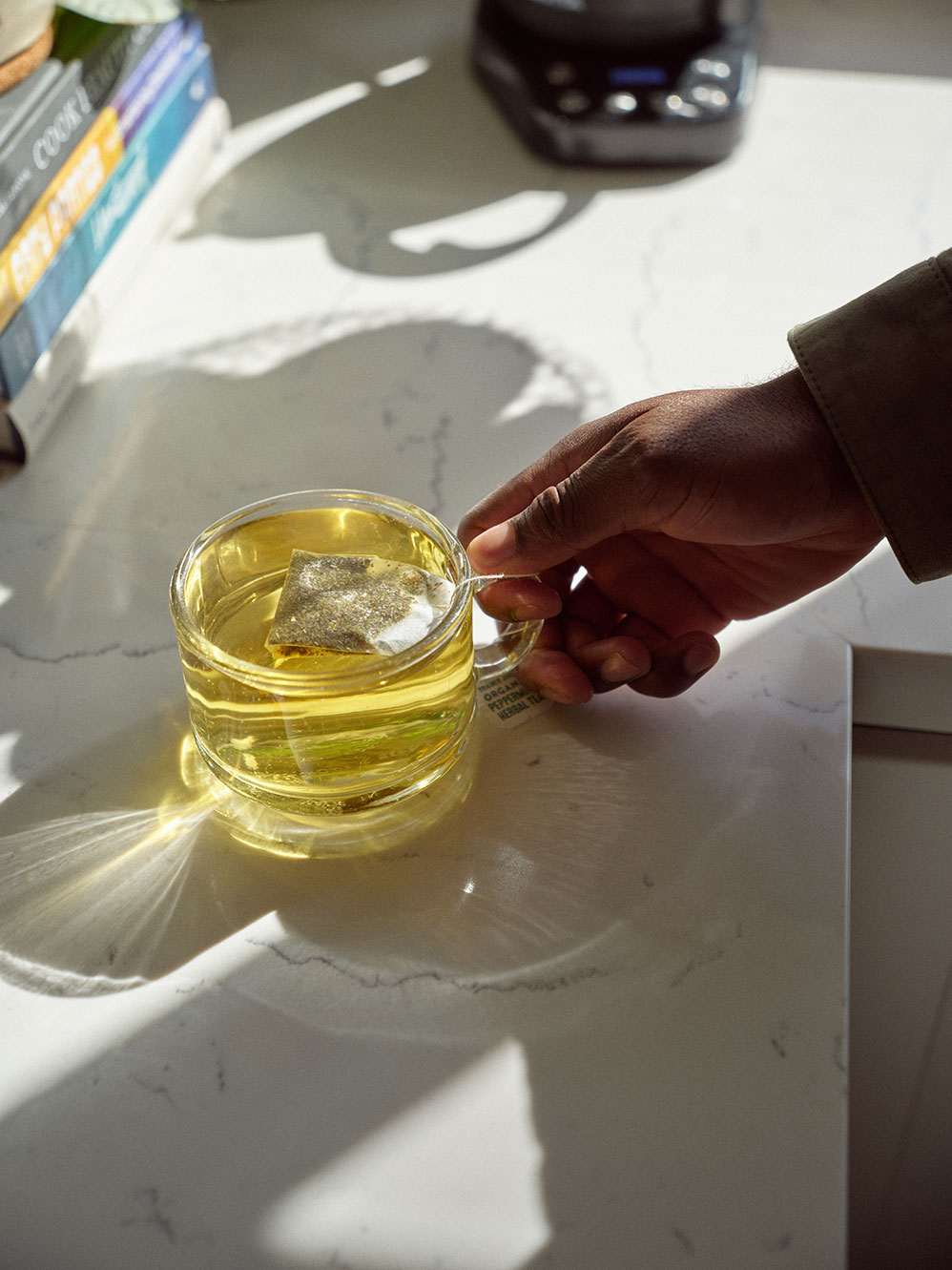
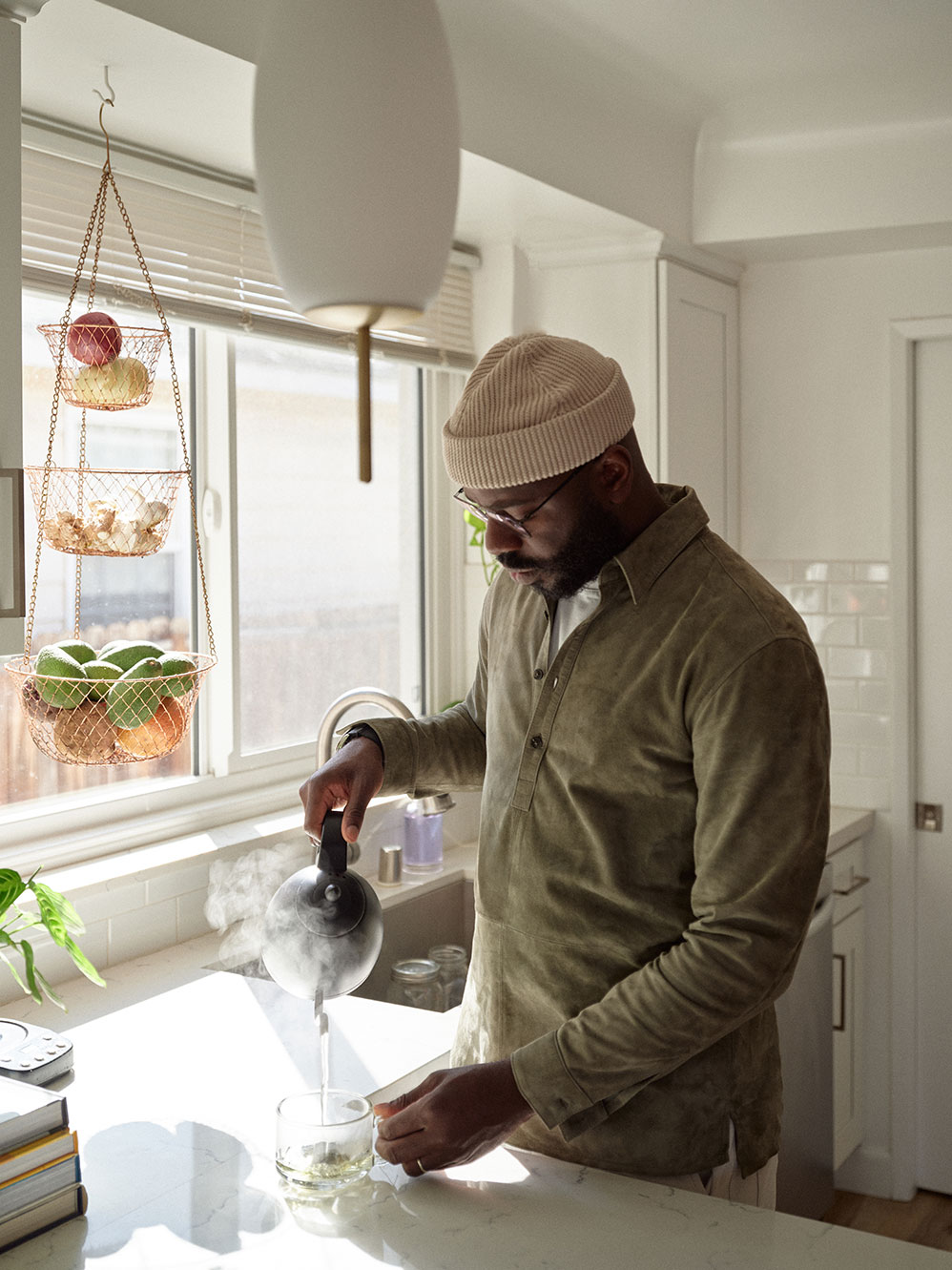
-
How do you divide your time between Room For Magic, Deem Journal, mandana blvd, and your other projects? In what ways, if any, do these projects inform each other?
I have a time machine in order to freeze time and work on everything! All aspects of my work are through collaboration. I surround myself with brilliant people that also enjoy doing the work. So even though I’m switching between projects throughout the day, it never feels too jarring because everything is connected.
Everything I touch is connected in one way or the other. Deem Journal acts as a research practice for Room For Magic, while Room For Magic acts as a means to actualize ideas for both Deem and mandana blvd. They all work together pretty well.
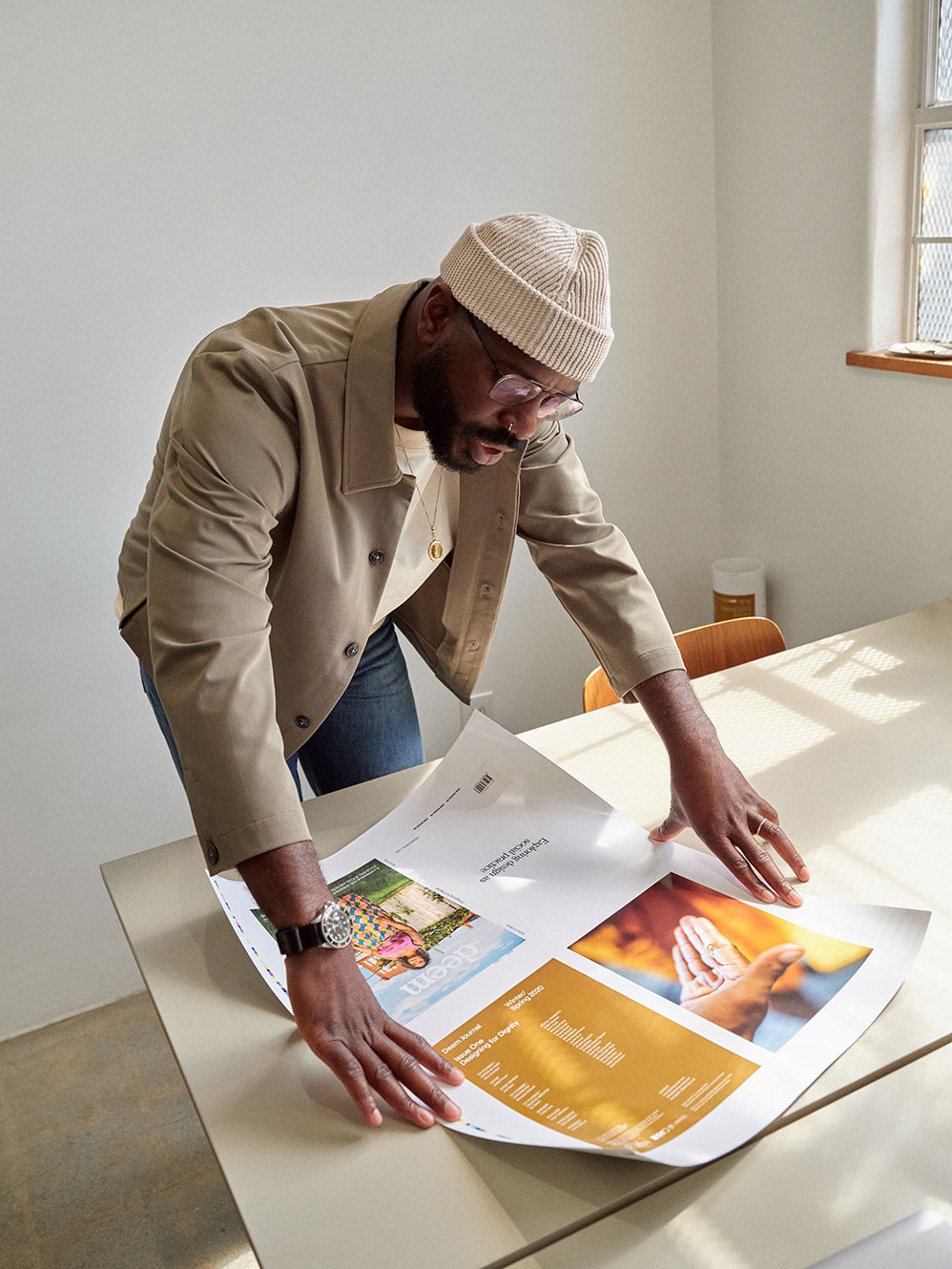

“It’s in the process that you start to see opportunities to adapt or adopt for your own practice.”



-
Your journal, Deem, focuses on “design as social practice”. What does that mean and what inspired this angle?
Design as social practice (a.k.a. socially engaged art) is a way to reframe design away from just making objects to a means of creating better conditions. Design as social practice can be broken down into three parts: 1) Social – as an opportunity to create space or the conditions for a community to thrive. 2) Art – as a means to shifting the perspective or context to a specific problem to see new ways of approaching it and 3) Design – the process of adding value. When you combine the three you have a formula that is inclusive of many perspectives but is also tied to creating a positive systemic shift.
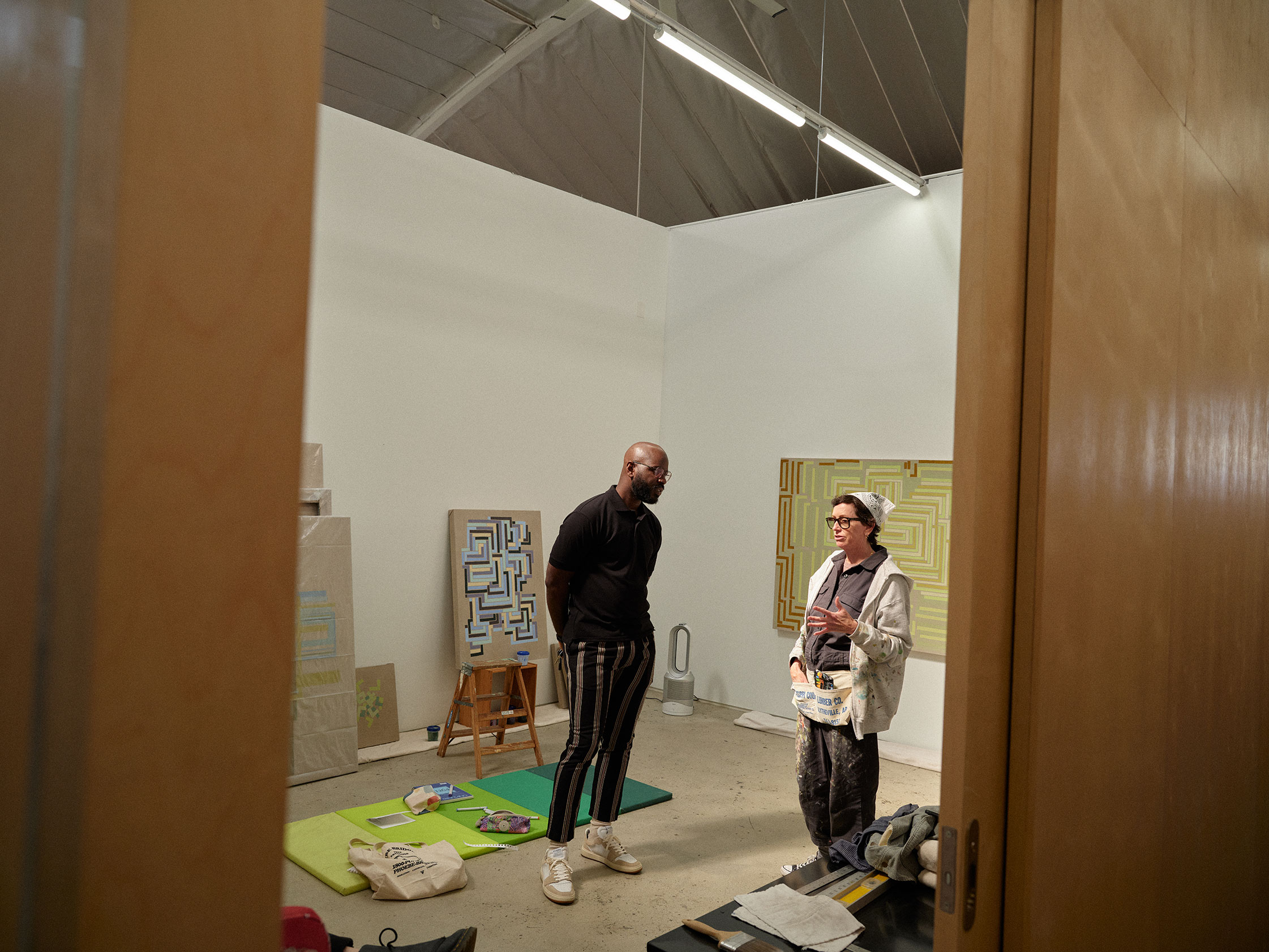
-
Deem also brings attention to the process, rather than the output of creativity. Why is paying closer attention to the process important these days?
We have found that process tends to yield more opportunities. Output can be inspiring but leaves the viewer to fill in the gaps of how they got there. It’s in the process that you start to see opportunities to adapt or adopt for your own practice. The two work hand in hand (process and output), but output is usually based on access to capital and resources, whereas a process doesn’t always have those constraints. Thus providing more opportunities to those who are shut out of design-based conversations to have a voice in the room.
-
How would you describe your home, Casa Mandana, in South Central LA?
It’s a Spanish-style 1920s classic LA home that has been remodeled to keep the original character of the home but opened up in a modern way. My wife and I were going for an eclectic but neutral look, adorning the space with mostly vintage pieces. My favourite room in the house is the “Listening Room,” which is one part library, one part disco! During the day you can grab a book from the shelf and sit on a Japanese tatami mat with some tea and at night we change the color of the lights and enjoy music with a rum punch.
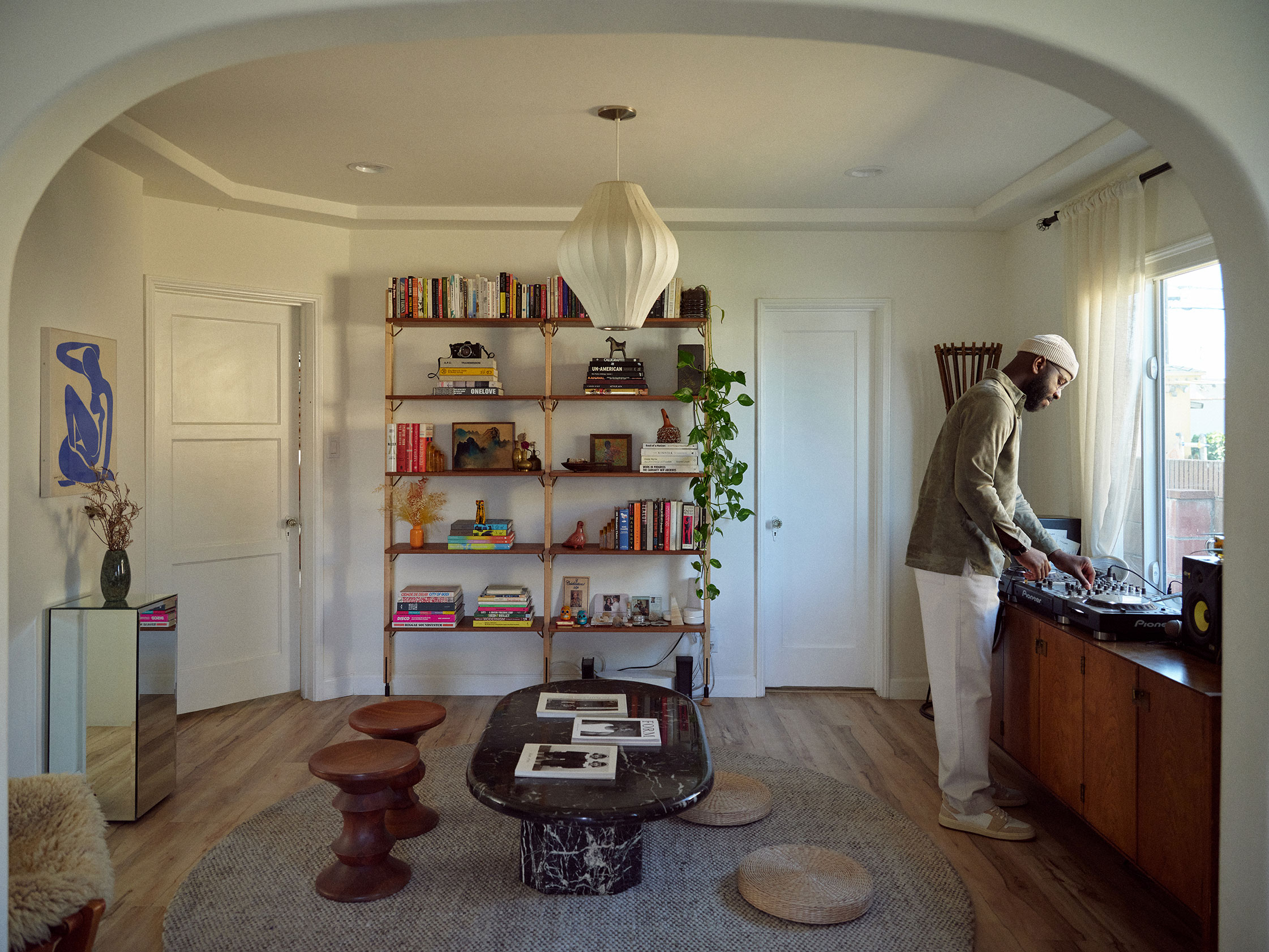
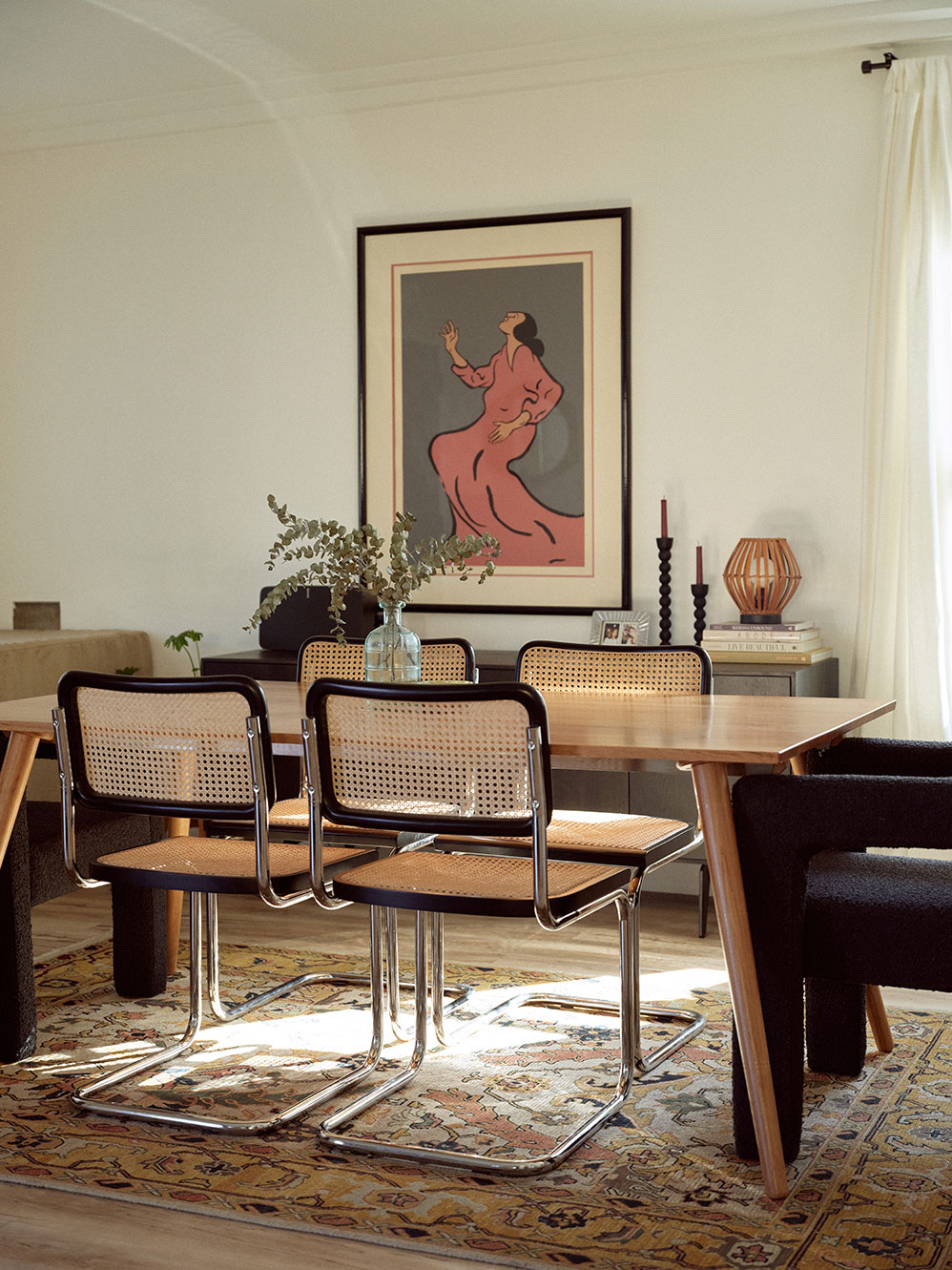
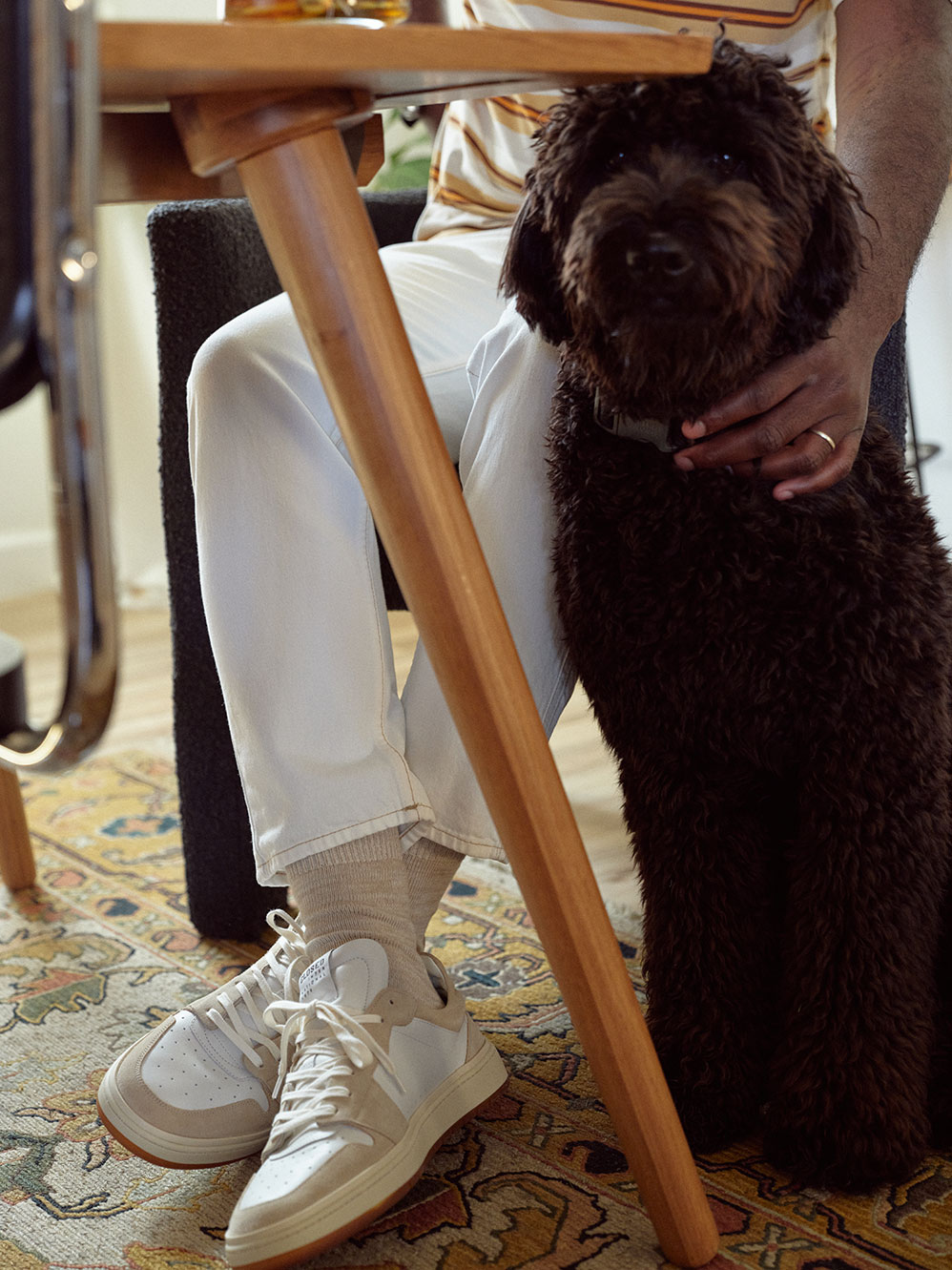
“We tend to gravitate towards natural, neutral, woods, worn and unique pieces of art and objects. We keep the interior minimal so that pieces can have space to breathe and not get lost in the space.”


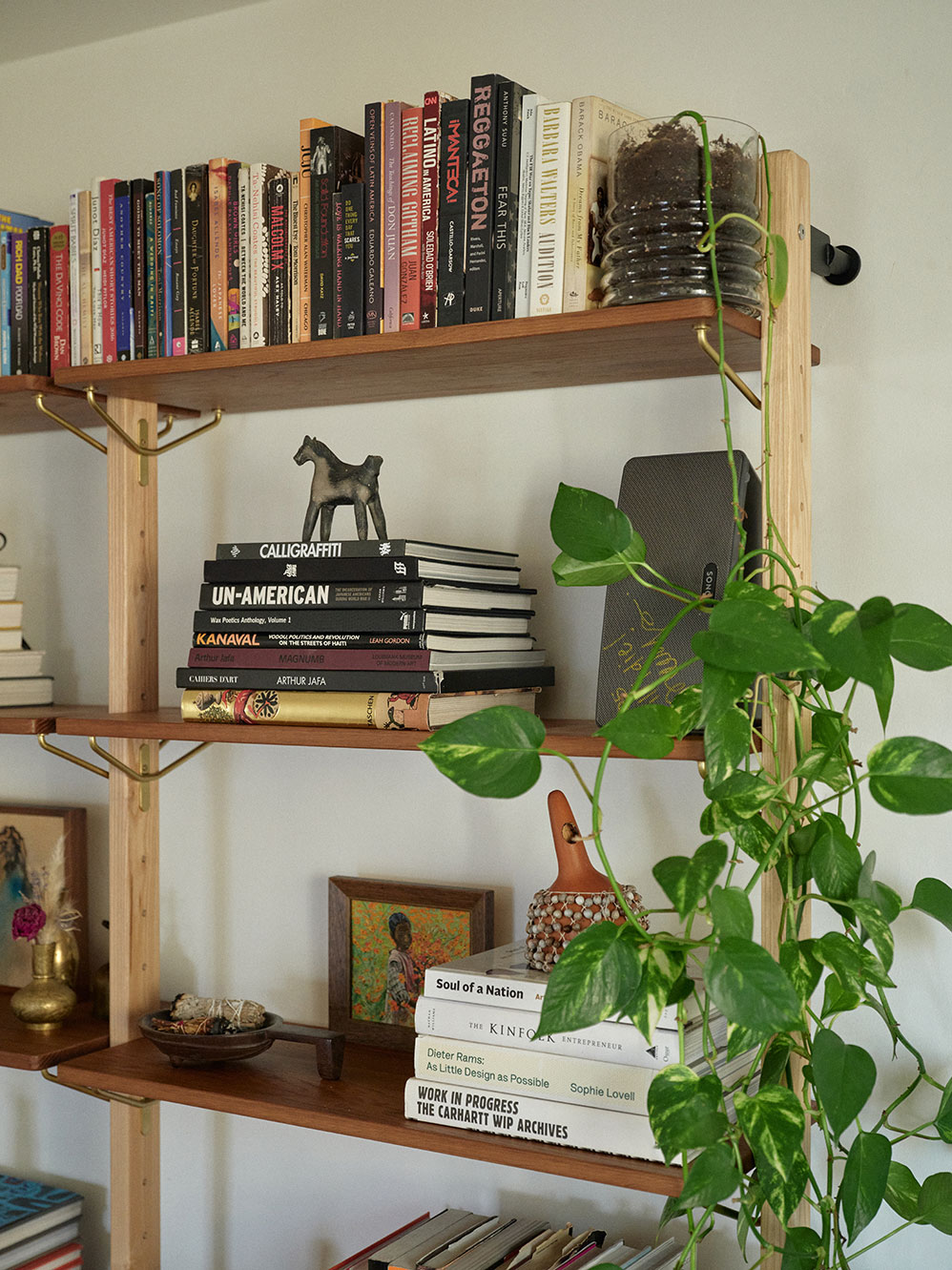
-
Could you tell us about your approach to interior design?
I can’t take all the credit for the interior design; it is a shared effort led by my wife, Cristina R. Goteh. Our approach is very personal. There is no formula that we follow, but the pieces must connect with us. We tend to gravitate towards natural, neutral, woods, worn and unique pieces of art and objects. We keep the interior minimal so that pieces can have space to breathe and not get lost in the space.
-
What do you love about vintage furniture?
The unique character and patina. It adds warmth to any space and allows a unique opportunity to create a bold look while also bringing history into a space. It allows us to connect the past with our present. Also, if you are looking in the right places it can be more affordable.
-
Where do you find the best vintage furniture pieces?
Estate sales and flea markets are great sources. We also follow a lot of local vintage dealers that curate specific items that align with our interior design approach and sensibility. Honestly, you can find great vintage in a family member’s home or garage, and oftentimes it’s about the context that the piece is put into.
-
Could you share some advice for hunting vintage furniture?
Context and research are everything. It is easy to overlook something because it’s in the bargain bin. We often try to envision the piece in a neutral space so that we don’t get discouraged from its current presentation.
Instagram is a great research resource. Find accounts that resonate with you and follow them, save the pieces that stand out to you, and do more research on them. You will start to build up a vocabulary and references so that when you are out searching you are well informed.
-
Is there any piece of furniture, among the ones in your home, that you feel particularly attached to? What’s the story behind it?
We have a great credenza in our listening room from a POC & Woman-owned vintage store in LA called Pop Up Home. It holds my records and my CDJs and really stands out in the room. It took us a while to find one that was the right height but it tends to be a central part of our home since we spend a lot of time in the room.
-
What are your five favorite spots in LA (from cafés and restaurants to parks, museums, stores etc.)?
Lasita – Great place for natural wine and Filipino food.
Kenneth Hahn Park – Nice hike & view of the city with a track at the top.
Arcana – Art book store.
Long Beach Flea Market – Monthly flea with great furniture vendors.
Burgers Never Say Die – The name says it all.
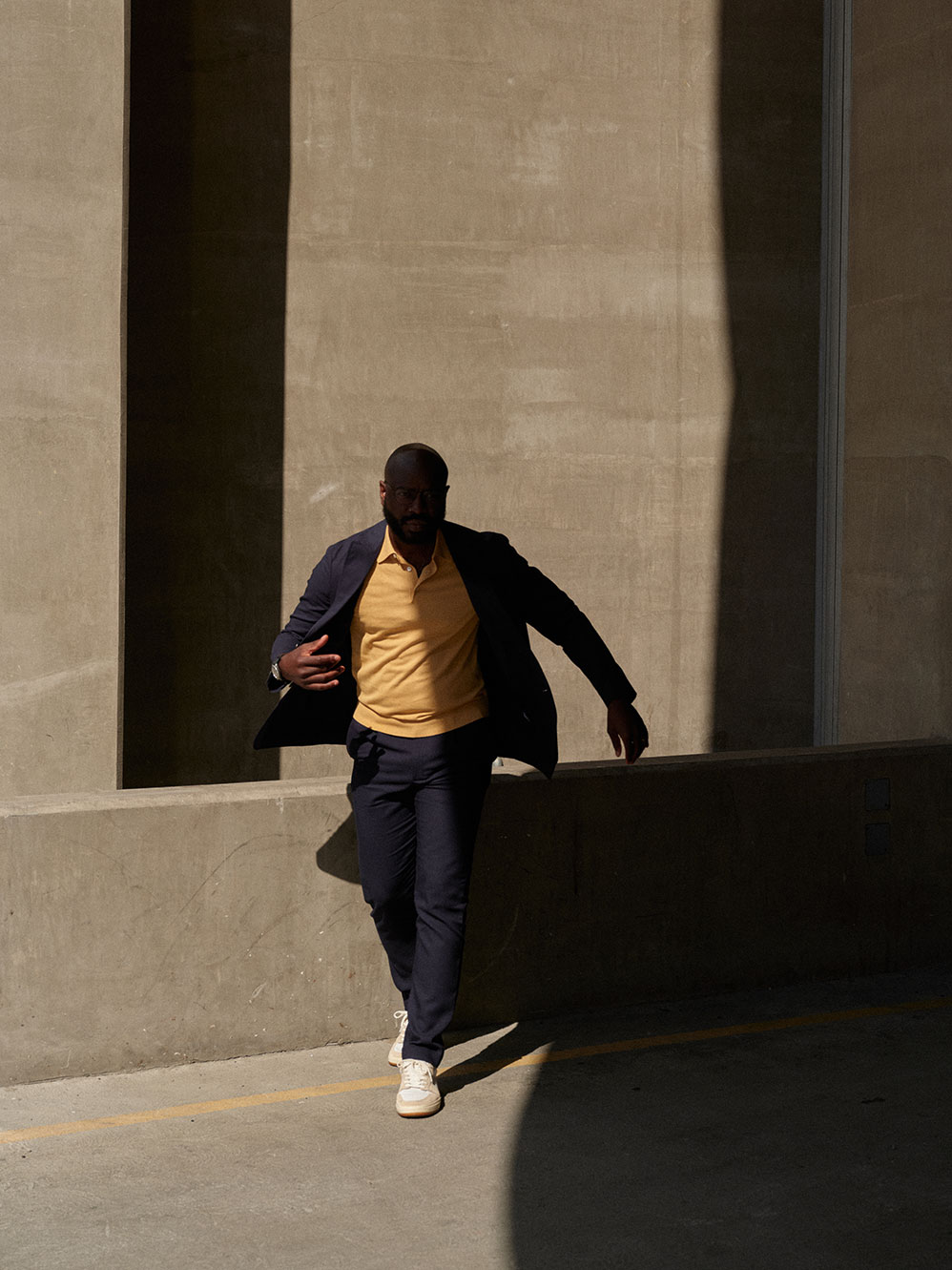

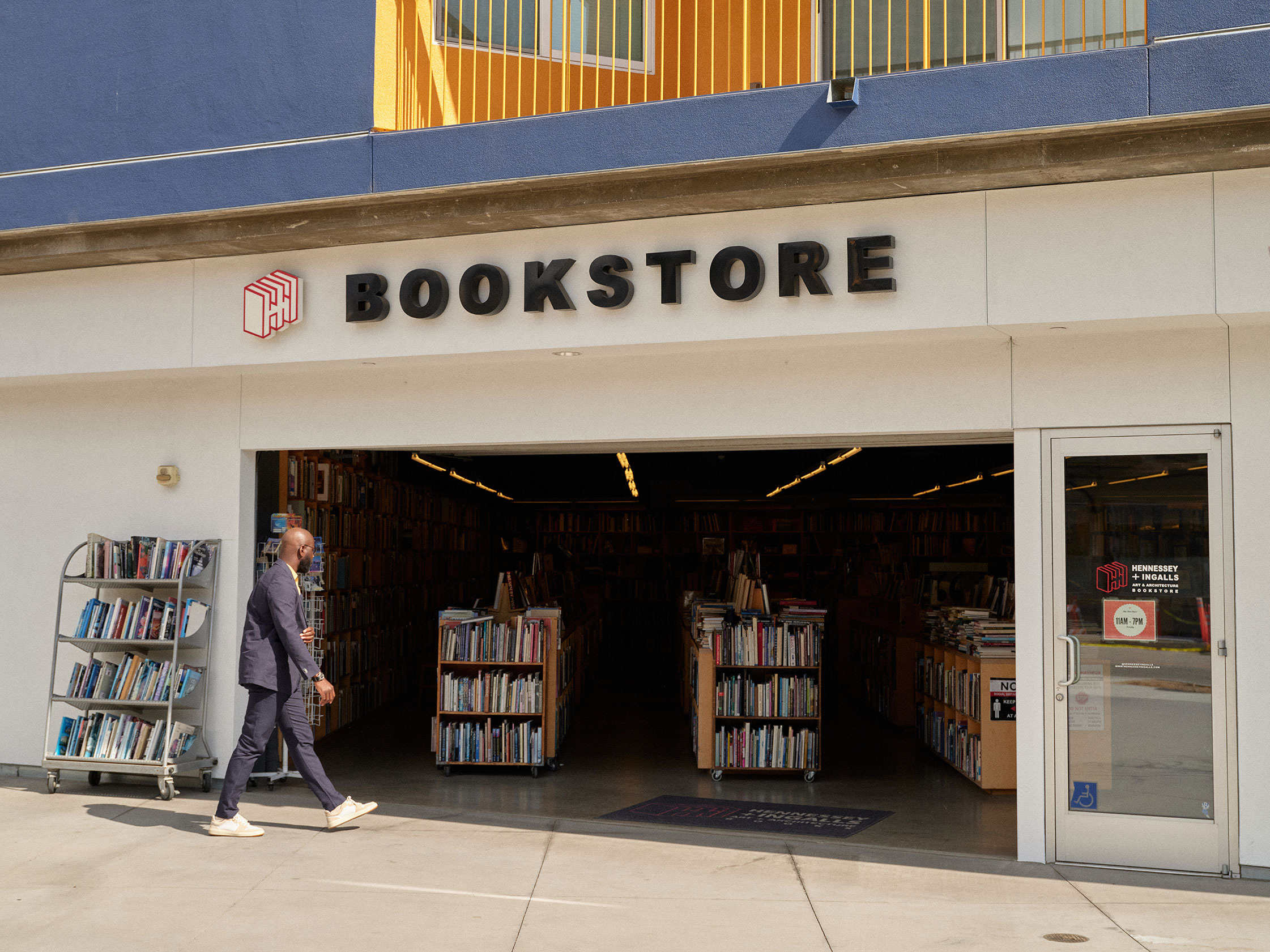
Nu Goteh is a Liberian-born designer, educator, and multidisciplinary artist currently living in Los Angeles. Nu is the co-founder and creative director of the strategy and design studio Room for Magic, and its partner publication Deem. Nu is also a longtime friend of ours who has previously curated a wonderful FF Mixtape and whom we were thrilled to introduce to Closed for this interview.
This interview is in collaboration with our friends at Closed, a sustainable fashion label equally centered in innovation and tradition. Inspired by our long-standing friendship, we are highlighting the lives and achievements of creative tastemakers—from LA to Berlin. Along with Nu Goteh, the series features LA-based marketing-expert-turned-noodle-shop-owner Keegan Fong and gallery founder Johan König. You can find out more about Closed’s story and sustainability philosophy on their blog.
Photography: Cody James



